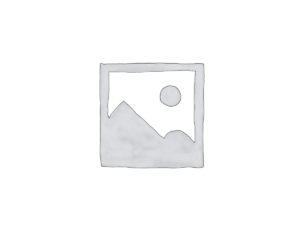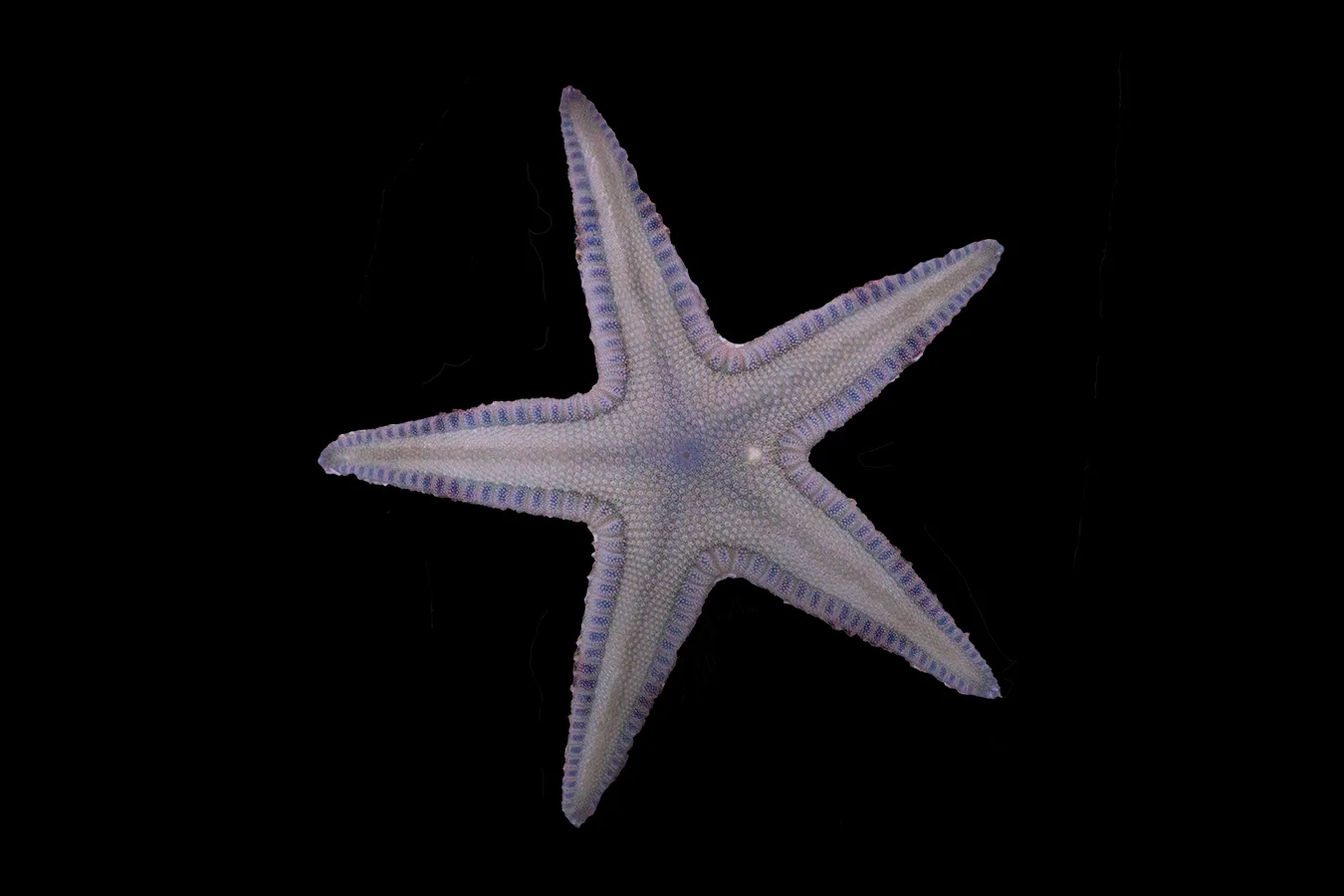Related products
Sand Sifting Starfish
Please Note: Due to variations within species, your item may not look identical to the image provided. Approximate size range may also vary between individual specimen.
Deep dive >
Quick Stats
- Dietry Requirements
- Compatible With
- Maximum Invert Size (cm)
- Minimum Tank Size (L)
- Same Species Aggression
- Other Species Aggression
- Care Requirements
The Sand Sifting Starfish, at first glance, seems to be drably colored like most bottom dwellers. But closer inspection reveals a striking beauty and serenity to the alternating bands of brown and beige that dress this invertebrate’s thick, spine-covered arms. Like other starfish, the Sand Sifting Starfish efficiently consumes mass amounts of detritus and uneaten foods. This nocturnally active starfish can move large amounts of sand as it burrows into the substrate in its search for food.
This peaceful omnivore will effectively clean even the largest home aquarium of detritus and left over food. Make sure to supplement the Sand Sifting Starfish diet otherwise this voracious feeder will quickly clean your aquarium of detritus and then burrow into your substrate, starve, and eventually begin to decay.
To foster its feeding habits, the Sand Sifting Starfish should be kept in aquariums with large, deep sand beds. Since it is slower moving than most fish, the Sand Sifting Sea Star should not be housed with natural predators, including Pufferfish.
Like other invertebrates, the Sand Sifting Starfish is very intolerant of sudden changes in oxygen levels, salinity, and pH and cannot tolerate copper-based medications. To successfully acclimate new specimens to your aquarium, use the drip acclimation method and never expose the Sand Sifting Starfish to air while handling.

